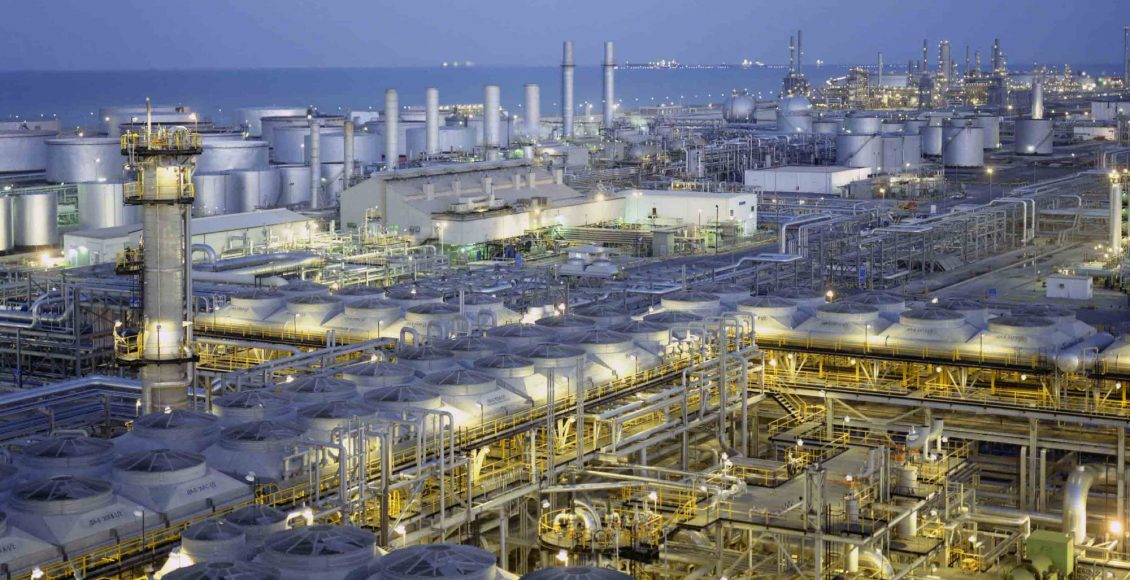When Mohammed bin Salman first floated the idea of selling a portion of Saudi Aramco through an Initial Public Offering (IPO) in January 2016 both pundits and Saudi Aramco senior executives were caught off guard.
“Personally I’m enthusiastic about this step. I believe it is the interest of the Saudi market and it is in the interest of Aramco,” he told the Economist magazine. Intriguingly, in light of the current campaign by the crown prince to stamp out corruption, he went on to say: “It is for the interest of more transparency and to counter corruption, if any, that may be circling around Aramco.”
The issue of transparency is at the heart of the Aramco IPO. Investors like to know what they are investing in but Saudi Aramco, despite its protestations, remains an inherently opaque company.
A recent study by the London School of Economics’ Middle East Centre, aptly titled Show Us the Money, examined the gap between the total value of oil and gas exports and what the Saudi government declared as revenue between 2002 and 2011. And what the researchers discovered was that more than US$300 billion had disappeared. Where did it go?
It seems to have gone into the pockets of the ruling family who regard oil, gas and other minerals not as properties of the state but as theirs to do with as they choose
In June of this year a widely respected governance body, the National Resource Governance Institute, placed Saudi Aramco pretty much at the bottom of the pile when it came to the degree of transparency for state–owned corporations. As one of the authors of the report put it succinctly: “Until now it has not been clear what is in Aramco’s books.”
In fact, Aramco wound up 64th out of 74 companies in the study, something that should have set alarm bells ringing in stock exchanges bidding to handle the IPO.
Now there is no question that the company, the largest energy concern in the world, is very attractive to investors. Mohammed bin Salman who effectively runs Saudi Aramco says it is worth at least US$ 2 trillion so selling 5% of the company would bring in a windfall $100 billion.
But many are sceptical of the Crown Prince’s valuation and industry executives, analysts and investors have placed Aramco’s true value at between $400 billion and $1 trillion. But like a smart gambler holding a good hand, MbS, as he is known, shows a poker face:
“Actually when I talk about the valuation, I talk about $2 trillion, it could be more than $2 trillion. So when I say $2 trillion that means to put ourselves in a place and lose a few hundred billions.”
Given the opacity surrounding Saudi Aramco no one is really sure where he got the $2 trillion figure from and that, too, has investors feeling a little uneasy.
Still where others may hesitate to tread, leading global stock markets are charging ahead. The London Stock Exchange waived stringent transparency regulations in order to woo Aramco and topped that offer up with a $2 billion loan agreement.
Meantime the New York Stock Exchange has had their bid strengthened with a decision by Washington to throw out anti-corruption and transparency rules related to global companies that extract oil and gas and other minerals. It means that Saudi Aramco, long regarded as one of the most secretive oil companies in the world, can continue to hang on to many of those secrets.
Needless to say transparency is not an issue that Donald Trump loses any sleep over. The president got into the act with an enthusiastic tweet urging Aramco to come on over to New York City: “Would very much appreciate Saudi Arabia doing their IPO of Aramco with the New York Stock Exchange. Important to the United States!”
In May, the head of the Tokyo Stock Exchange Akira Kyota waited patiently for hours before he was granted an unscheduled audience with Mohammed bin Salman, even though it is not likely that the Aramco IPO will land in Japanese hands.
But while these stock exchanges scramble, like beaus at a ball, chasing after the prettiest debutante, China has been quietly lurking in the background. In mid-October Reuters reported that the Chinese would be very happy to buy up to 5% of Aramco in a direct and private deal.
That’s attractive to the Saudis because they can keep their Aramco cards close to the chest while at the same time getting a much needed infusion of cash, though how much depends on the valuation. The Chinese are nothing if not tough negotiators. But they won’t query Mohammed bin Salman’s $2 trillion valuation publically which means he can still go to an IPO with that figure in hand. He could decide on one stock exchange – London seems to be in the lead – or he could choose to split the IPO, doling out what the Chinese don’t buy up with two or more exchanges.
All the while, as London and New York compete, the bidding war will only continue to heat up. And who knows, with a decision promised in 2018, what further emoluments will be on offer as the Crown Prince weighs up his options.
Saudi Aramco is the jewel in his plan to revolutionize Saudi society and fundamentally alter the economy and whilst his impetuous and reckless nature has carried him into disastrous mistakes in launching the war in Yemen and splintering the GCC with his attack on Qatar, in this at least Mohammed bin Salman appears to be playing a cool hand.
* Bill Law is a Middle Eastanalyst and a specialist in Gulf affairs. He tweets @billlaw49.


